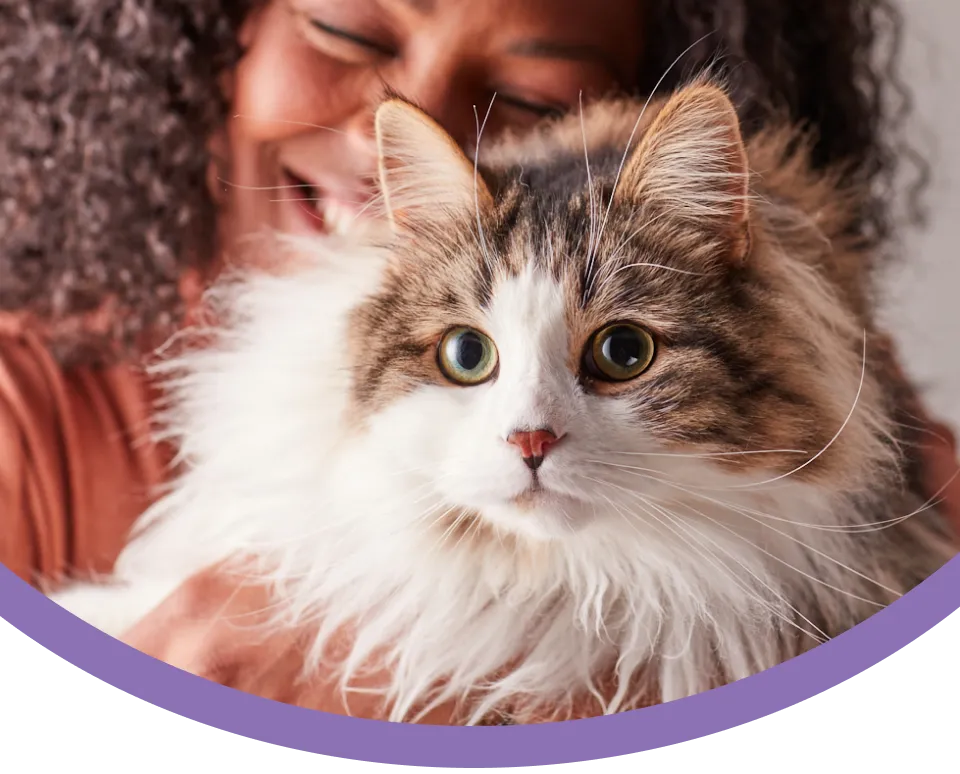Cat insurance, also known as pet insurance for cats, is a type of insurance policy that helps cover veterinary costs in case your cat becomes ill or gets injured. Here are some key points to consider when looking into cat insurance:
Types of Coverage
- Accident-Only Policies: Covers treatments resulting from accidents like broken bones or swallowed objects.
- Time-Limited Policies: Covers illnesses and injuries for a set period, typically 12 months from the onset of the condition.
- Maximum Benefit Policies: Covers conditions up to a set financial limit, with no time constraints.
- Lifetime Policies: Covers ongoing conditions throughout your cat’s life, with annual limits that renew each year.
What It Typically Covers
- Veterinary consultations
- Surgeries
- Hospitalization
- Prescription medications
- Diagnostic tests (e.g., blood tests, X-rays)
- Alternative therapies (e.g., acupuncture, physiotherapy)
Additional Benefits
- Coverage for dental care
- Coverage for behavioral treatments
- Costs related to lost or stolen pets
- Travel insurance if you take your cat abroad
Exclusions
- Pre-existing conditions
- Routine and preventive care (vaccinations, flea treatments)
- Spaying/neutering
- Breeding and pregnancy costs
- Certain hereditary and congenital conditions
Factors Affecting Premiums
- Age of your cat
- Breed (some breeds are prone to specific health issues)
- Location (veterinary costs vary by region)
- Coverage level (more comprehensive plans cost more)
- Deductibles and co-pays

Choosing an Insurance Plan
- Compare Different Providers: Look at coverage details, exclusions, and customer reviews.
- Read the Fine Print: Understand what is and isn’t covered.
- Consider Your Cat’s Health History: Some policies might be better suited for cats with certain health profiles.
- Check the Claims Process: Ensure the claims process is straightforward and hassle-free.
Popular Cat Insurance Providers
- Nationwide
- ASPCA Pet Health Insurance
- Trupanion
- Petplan
- Embrace Pet Insurance
Investing in cat insurance can provide peace of mind and financial support to ensure your feline friend receives the best care possible.
How to Make a Claim
- Gather Documentation: Keep all vet bills and medical records organized.
- Contact Your Insurer: Inform them about the incident or illness as soon as possible.
- Complete Claim Forms: Fill out the necessary forms provided by the insurer.
- Submit Documentation: Send all required documents and forms to the insurer for processing.
- Follow-up: Track the progress of your claim to ensure it is processed in a timely manner.
Tips for Reducing Premium Costs
- Increase Deductibles: Opt for higher deductibles to lower monthly premiums.
- Multi-Pet Discounts: Check if the insurer offers discounts for insuring multiple pets.
- Preventive Care: Regular check-ups and preventive care can minimize the risk of expensive treatments later.
- Choose the Right Coverage: Only pay for the coverage you need based on your cat’s health and lifestyle.
Understanding Pre-Existing Conditions
- Definition: Conditions that existed before the start of the insurance policy.
- Impact: Most insurers do not cover pre-existing conditions, so it’s crucial to get insurance while your cat is healthy.
- Managing Pre-Existing Conditions: Some policies may offer limited coverage for conditions that have been cured and symptom-free for a certain period.
Frequently Asked Questions (FAQs)
- Can I insure an older cat?
- Yes, but premiums may be higher, and there might be more exclusions.
- Is cat insurance worth it?
- It can be, especially if your cat is prone to health issues or if you want financial protection against unexpected veterinary bills.
- How soon can I use the insurance after purchasing it?
- Most policies have a waiting period, typically 14 days for illnesses and 48 hours for accidents.
Conclusion
Cat insurance can be a valuable investment for pet owners, providing financial support and peace of mind. By understanding the different types of coverage, what’s included and excluded, and how to choose the right policy, you can ensure your feline friend receives the best possible care without the added stress of unexpected veterinary costs.



One Comment
Leave a Reply